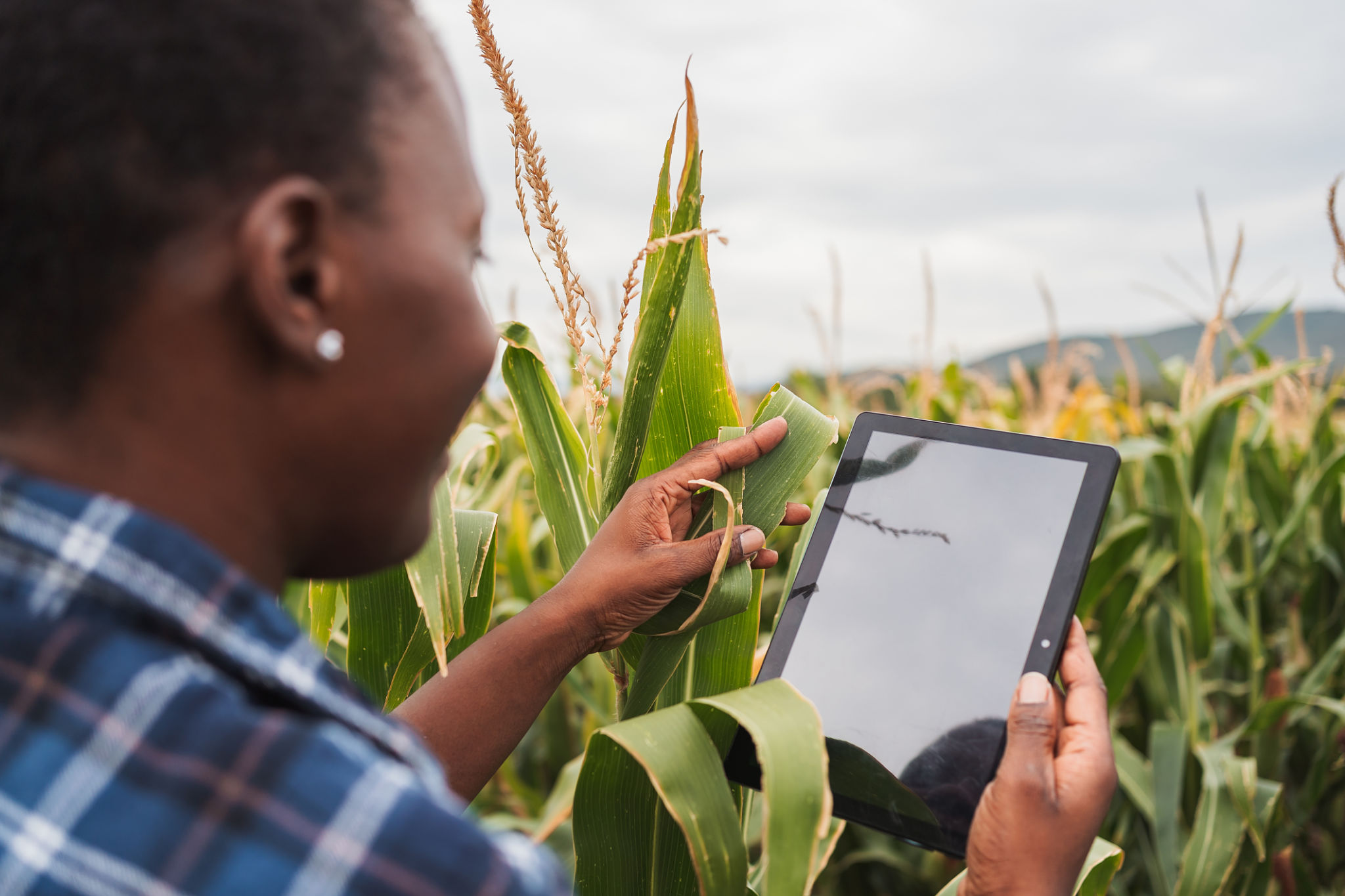How to Maximize Freshness with Your Weekly Produce Delivery
Receiving a weekly produce delivery is a wonderful way to enjoy fresh fruits and vegetables. However, maximizing the freshness of your produce requires some strategic handling and storage techniques. Here are some tips to ensure your produce stays fresh and delicious.
Understanding Your Produce
Before storing your fruits and vegetables, it’s crucial to understand which ones can be stored together and which should be separated. Some produce releases ethylene gas, which can speed up the ripening process of others. Common ethylene producers include apples, bananas, and tomatoes. Keep these away from ethylene-sensitive items like leafy greens and berries to prolong freshness.

Organizing Your Fridge
Your refrigerator is your best ally in keeping produce fresh. However, not all produce should be stored in the fridge. For example, tomatoes and bananas do best on the countertop. Use the crisper drawer for items like carrots, leafy greens, and broccoli, where humidity levels can be controlled.
Consider using separate bins for fruits and vegetables. This not only helps in organizing but also minimizes the risk of cross-contamination and ethylene exposure.
Optimal Storage Techniques
Proper storage techniques can significantly extend the life of your produce. For leafy greens, wash and dry them thoroughly before storing them in a breathable bag or container with a paper towel to absorb excess moisture. Potatoes, onions, and garlic should be kept in a cool, dark place rather than the fridge to prevent sprouting and spoilage.

Utilizing Airtight Containers
Airtight containers are excellent for storing cut produce. Whether it's sliced fruit or chopped vegetables, keeping them in airtight containers can prevent exposure to air and prolong freshness. This method is particularly useful for meal prepping, allowing you to enjoy ready-to-use produce throughout the week.
Regular Monitoring and Rotating
Regularly check your produce for signs of spoilage. Remove any overripe or damaged items immediately to prevent them from affecting others. Rotating your produce ensures you use older items first, reducing waste and keeping your meals fresh.

Making the Most of Overripe Produce
Even with the best intentions, some produce may become overripe. Instead of discarding them, consider using overripe fruits in smoothies or baking. Vegetables can be used in soups or stews, making the most of their flavors despite their condition.
By following these tips, you can maximize the freshness of your weekly produce delivery. Not only will this enhance your meals, but it will also reduce waste and save money.